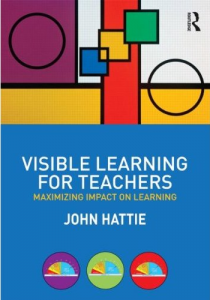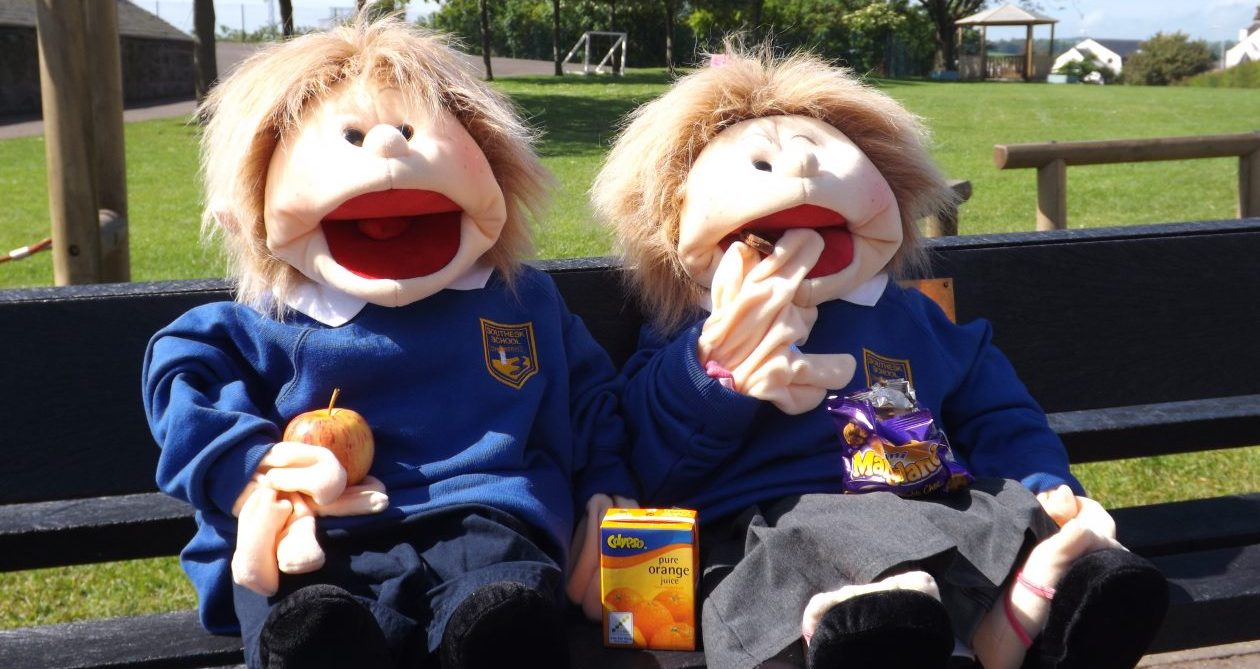Visible Learning at Southesk
Southesk are in year 3 of our Visible Learning journey along with the rest of the Montrose Cluster schools. This page will chart our progress through this.
Visible Learning is the work of John Hattie who says that ‘Visible Learning means a greater role for teachers as they become evaluators of their own teaching. Visible Teaching and Learning occurs when teachers see learning through the eyes of students and help them become their own teachers’

Please click the link below to read our parental leaflet all about Visible Learning.
Visible Learning Leaflet Final PDF
Visible Learning Policy at Southesk Primary School
Learning Pit
A Southesk Learning Pit of Progress is displayed in every classroom and learning area in the school. It is displayed as part of the “This is how we do it here…” display . Teachers also display a larger learning pit in the classroom. The Southesk Learning Pit should be included in iinitial learning pit and growth mind-set introductory lessons at the beginning of the year. This is a display that children should engage with throughout the year and regular conversations about taking on the challenge of learning through the idea of the learning pit should be used as part of the ‘Southesk Patter’. The pupils should be encouraged that going into the learning pit is a positive experience and they can only learn if they are willing to take on the challenge of climbing into the pit.
Learning Intentions and Success Criteria
Learning Intentions (particularly in P1-P3) should be accompanied by a picture of a lighthouse. This provides consistency across the school. The term ‘Learning Intention’ should still be used at all levels to explain to pupils what they are learning. The language agreed across the school for learning intentions is: ‘We are learning….’ And all learning intentions must start with this language.
The symbol for success criteria is a light bulb (having a light bulb moment). Pupils will know they have achieved the Learning Intention when they have successfully completed all of the light bulbs. The term success criteria should still be used across the school and described as what they need to do to successfully meet the learning intention. The language used for success criteria should be: I can…. A possible method of differentiating this could be: ‘All of us can…’ ‘Some of us can….’ ‘A few of us can…..’

Steps to Success
Steps to success work alongside success criteria. They are a more detailed breakdown of exactly what the pupils need to do to achieve their learning. It is also a method of self/peer assessment aimed to make each step of their current learning process very clear so pupils are able to accurately assess their work. Templates for Steps to Success can be found on the accompanying visible learning resources document. Steps to success should be co-created with the pupils to enable them to use it for assessment. It also provides order and structure to their assessment as they can monitor one step at a time. Pupils should be reminded that they can fall back down the steps and revisit certain aspects if necessary.
Stuck Stop/Helping hands
A stuck wall/table should be present in all classrooms. There is not a pre-written template for these as the ideas should be gathered from discussion with the children on what they could do if they are stuck. These discussions should also occur in early conversations with the class; however they may need to be updated dependant on the learning block of the term. The stuck wall or table should have clear ideas of what pupils could use for different situations. The ‘Helping Hands’ cards should be placed around the room (or at a specific helping hand table if preferable) to indicate which resources could be used to support learners.
Pink/Red helping hands: Literacy resources.
Blue Helping hands: Maths/ Numeracy resources.
White Helping Hands: other (ICT resources, badges for other pupils etc.)
Suggestions are:
| Literacy Resources | Maths/Numeracy Resources |
|
|
WAGOLL
Each class must use the language of a WAGOLL regularly with their pupils. Pupils must know the meaning of a WAGOLL and use this to support their learning. A WAGOLL (What A Good One Looks Like) should be used at the beginning and throughout a block of teaching to show the pupils what they are aiming for. The WAGOLL should be presented to the children after the cold task. It should be an exemplar piece of work that shows high expectation. The samples of work, where possible, should be taken from the stage above to encourage high expectations. It is appropriate to look to the level above for examples. As a school we are aiming to collect a bank of exemplar resources for each stage and level to provide consistent moderation. If you do collect example pieces of work please scan them and add them to the Exemplar Work folder on the Common Area. At the beginning of the block the WAGOLL should be used with the pupils to derive the success criteria. The WAGOLL should then be referred to regularly during teaching and learning inputs. It can also be used to compare a cold task to help pupils decide their next steps.
Learner Dispositions
Creative
Challenge
Reflective
Resilient
Perseveres
Curious
Communicates
4 Capacities
Successful Learners
Confident Individuals
Effective Contributors
Responsible Citizens
Light up Learning
Light up Learning should be engaged with once a week and be used as a form of debrief from the weeks learning experiences. It should take the form of a circle time discussion followed by a piece to work to record achievements detailed below. It should be a time for the following experiences:
- Reflection on progress.
- Celebration of achievement.
- Feedback to teacher.
Questions that should be used during discussion time could be as follows:
- What do I (the teacher) need to do to help you with your learning next week?
- Was there anything form this week that you didn’t understand?
- When did you go into the learning pit this week?
- What have you struggled with this week?
- How have you felt about your earning this week?
- What has been your most memorable learning from this week?
- What do you feel your biggest achievement has been this week?
- What would you like to improve on the most from this week?
- What are you most proud of from this week?
- What would you like to know more about from this week?
- How does your learning from this week link to what you already know?
The children will then choose a special achievement in their progress from the week and add a corresponding bead to their progress strings. Once the bead is added they will complete their progress books describing or drawing why they have earned that bead. The reason should be specific (not just ‘maths’) and the children should be able to articulate this in their own words. The child must discuss with the teacher which bead they deserve and why, prior to adding it to the string. This could take place in your circle time discussion or individually with each child. These achievements can be from inside or outside of school. Pupils should be encouraged to add one bead each week and these should be for something they feel they have made particular progress or achievement in. It is for celebrating exceptional achievement and progress and so pupils should NOT be entering a bead for every subject every week.





